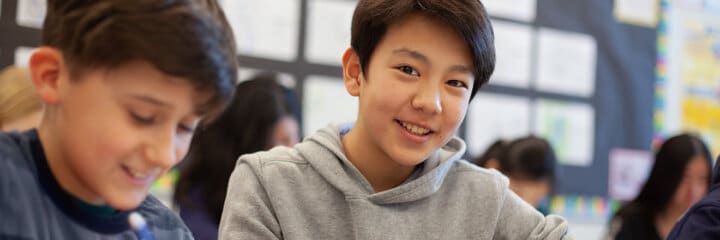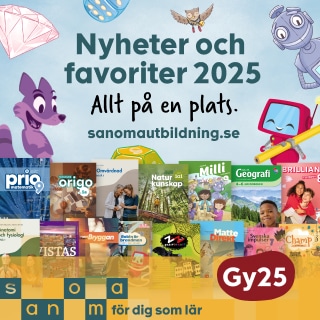L’alternance codique dans l’enseignement du FLE. Étude quantitative et qualitative de la production orale d’interlocuteurs suédophones en classe de lycée
Joakim Stoltz
Eva Larsson Ringqvist, Jean-Georges Plathner, Stefan Sellbjer
Docent Marianne Molander Beyer
Linnéuniversitetet
2011-06-15
Code-switching in the French foreign language classroom: A quantitative and qualitative study of the interlocutors’ oral
Institutionen för humaniora
Abstrakt
Denna studie skall ses i ljuset av den kommunikativa inriktning somspråkundervisningen har haft i Sverige och annorstädes under flera decennier. I de nuvarande kursbeskrivningarna för de moderna språken understryks att eleverna skall tillägna sig en allsidig kommunikativ förmåga (Skolverket 2000). Denna förmåga inbegriper flera olika aspekter av språkanvändningen, men bland annat förväntas eleverna kunna använda målspråket muntligt och skriftligt i skiftande sammanhang. I de nya styrdokumenten som kommer att gälla från hösten 2011, skärps kravet ytterligare på att målspråket skall användas som undervisningsspråk i klassrummet: Skolverket (2011) uttrycker explicit att undervisningen i huvudsak skall bedrivas på målspråket. Det övergripande syftet med avhandlingen är dels att kartlägga hur mycket franska respektive svenska som talas i klassrummet av lärare och elever, dels att närmare undersöka i vilka situationer och för vilka ändamål de bägge språken används. Syftet sammanfattas i två övergripande frågeställningar. Den första frågan besvaras i en kvantitativ, mer kartläggande del, och den andra i en kvalitativ analys av mer förklarande karaktär:
1. På vilket sätt manifesteras elevers och lärares muntliga språkproduktion avseende antalet ord och samtalsturer på franska respektive svenska samt de turer som innehåller en blandning av de två språken?
2. I vilka situationer och för vilka syften skiftar lärare och elever språk i klassrumsinteraktionen?
Code-switching in the French foreign language classroom: A quantitative and qualitative study of the interlocutors’ oral
The aim of the present study is, firstly, to investigate the amount of Swedish and French that is produced by teachers and students in the foreign language classroom and, secondly, to examine in which situations the interlocutors code-switch and for what purposes the two languages are used. The study is based on empirical data consisting of audio recordings of interactions taking place in two different classrooms in Sweden.
The study is carried out within an interactionist perspective on language teaching and learning, stressing that learning is situated in learners social and interactional practices.
The empirical material has been categorized into five different groups according to the participation structure of each interaction and then analysed in two different parts, one quantitative and one qualitative.
The quantitative analysis of the corpus established that the Swedish language is present in each of the categories. The results of the count of every turn and word pronounced in each language in the corpus show that many turns expressed by both teachers and students consist of a mixture of Swedish and French. This switching between different codes is the main object of the qualitative analysis of the corpus.
The results of the qualitative analysis indicate that the participation structure and the choice of activity types and how these are organised in the classroom are decisive for teachers and students code-switching. Furthermore, the teachers actions concerning the choice of language for the interaction as well as their strategies to deal with the presence of both languages are conclusive for the students oral production of French in class. The analysis also reveals that the more the teachers use the target language in a consistent way, the more the students try to express themselves in French even if they often code-switch.
The study points out the complexity of speaking French in a classroom context, where the teachers have to deal with the fact that the Swedish language is almost always present and used by the learners for different purposes.
Relaterade länkar

Svenska som andraspråk
 Åk F–Vux
Åk F–Vux
Skolsäkerhet och PDV
 Åk F–Vux
Åk F–Vux


